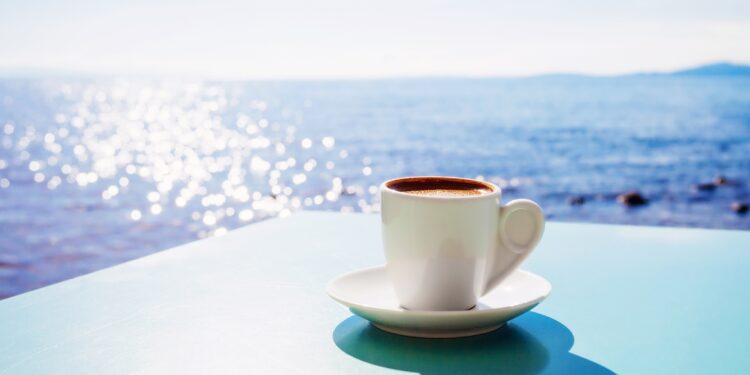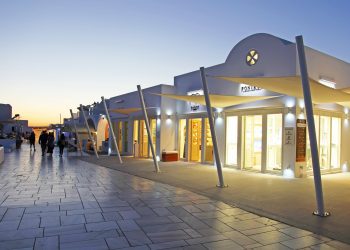In Greece, coffee isn’t just a drink — it’s a way of life. Whether sipped slowly at a seaside café or enjoyed in a quiet village square, coffee brings people together. It’s a symbol of friendship, hospitality, and conversation. To understand Greek life, you need to experience Greek coffee culture — where a single cup can last for hours.
A Brief History of Greek Coffee
The story of Greek coffee dates back centuries. Introduced during the Ottoman era, the traditional “ellinikós kafés” (Greek coffee) became a daily ritual in every home and kafeneio (traditional café). Brewed slowly in a small pot called a briki and served in a tiny cup, it’s rich, thick, and always accompanied by a glass of cold water — and sometimes a sweet treat.
Over time, Greek coffee culture evolved. In the 20th century came the frappé, the famous iced instant coffee that became a summer staple. Then, in the 2000s, Greeks embraced the freddo espresso and freddo cappuccino, combining Italian espresso culture with their love of long, leisurely coffee breaks.
The Ritual of Coffee in Greece
Drinking coffee in Greece is not about caffeine — it’s about connection. Greeks don’t rush their coffee; they savor it. A morning coffee often turns into an hour-long chat about life, politics, or philosophy.
-
At home, Greek coffee is often served to guests as a gesture of hospitality.
-
In kafeneia, mostly older men gather to discuss the news and play backgammon (tavli).
-
In modern cafés, young people meet for freddos, laughter, and endless conversation.
It’s common to see people sitting for two or three hours over a single drink — because in Greece, coffee is about company, not convenience.
Types of Coffee You’ll Find in Greece
-
Ellinikós kafés (Greek coffee) – Served hot, thick, and aromatic, brewed in a briki over low heat.
-
Frappé – Iced instant coffee shaken with water, sugar, and sometimes milk — a true Greek invention.
-
Freddo espresso – A double espresso poured over ice, smooth and strong.
-
Freddo cappuccino – Espresso with frothed cold milk — creamy, refreshing, and extremely popular.
-
Filter or espresso – Available everywhere, but always served with the same relaxed Greek attitude.

The Social Role of Coffee
In Greece, cafés are social hubs. Business meetings, friendships, and even first dates often begin with a coffee. Every neighborhood has its favorite spots — from traditional kafeneia with wooden chairs and marble tables to trendy modern cafés with sea views.
For Greeks, “Let’s go for a coffee” (Pame gia kafe) is an invitation to connect. It doesn’t matter if it’s morning or midnight — there’s always time for coffee.
Experiencing Coffee Culture as a Visitor
If you want to experience Greek coffee like a local:
-
Take your time. Don’t order to-go; sit down and enjoy the moment.
-
Try traditional coffee. Ask for “ena ellinikó” — and specify how sweet you like it (skétos, métrios, or glykós).
-
Visit a kafeneio. Especially in smaller towns or islands — it’s where real local life unfolds.
-
Observe. Watch how slowly time moves — and how easily conversations flow.
Conclusion
Greek coffee culture is one of the most authentic windows into Greek life. It’s about slowing down, sharing stories, and appreciating the present moment. Whether it’s a freddo by the beach or a traditional brew in a village square, each cup carries the warmth of Greek hospitality and the joy of connection.
So, when in Greece — don’t just drink coffee. Experience it.










